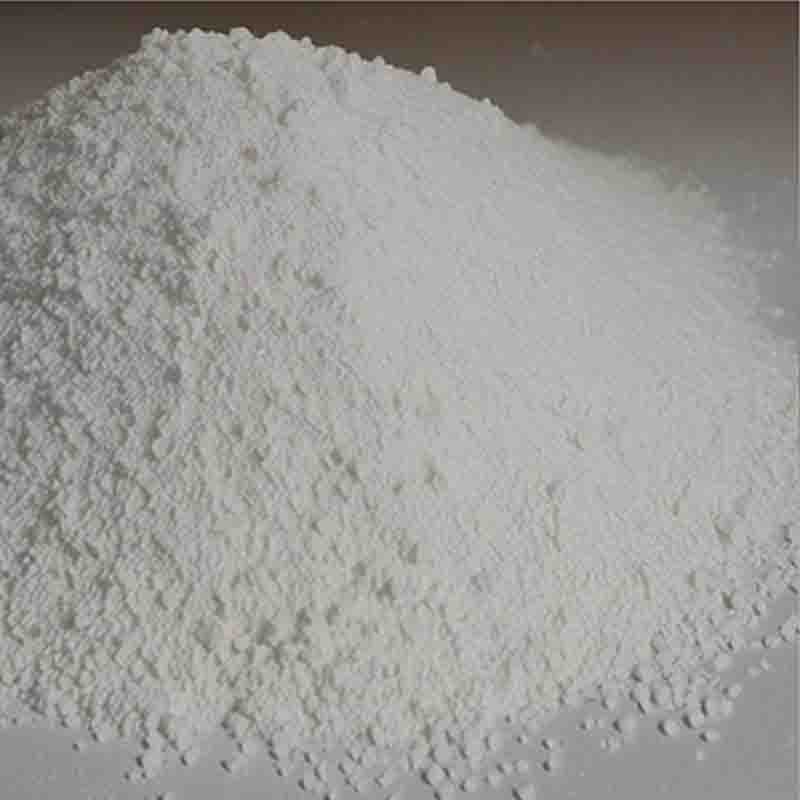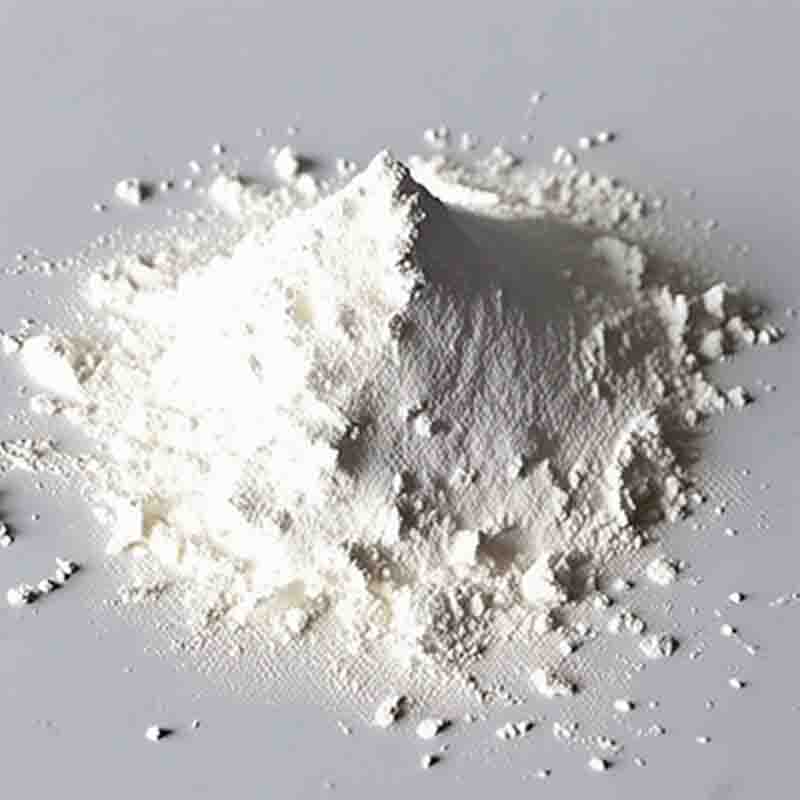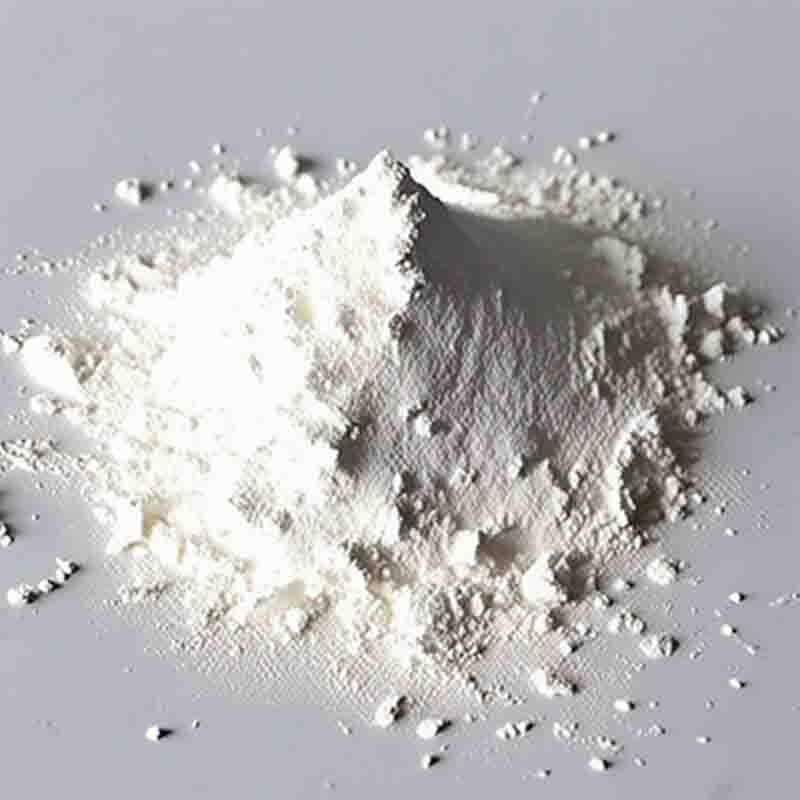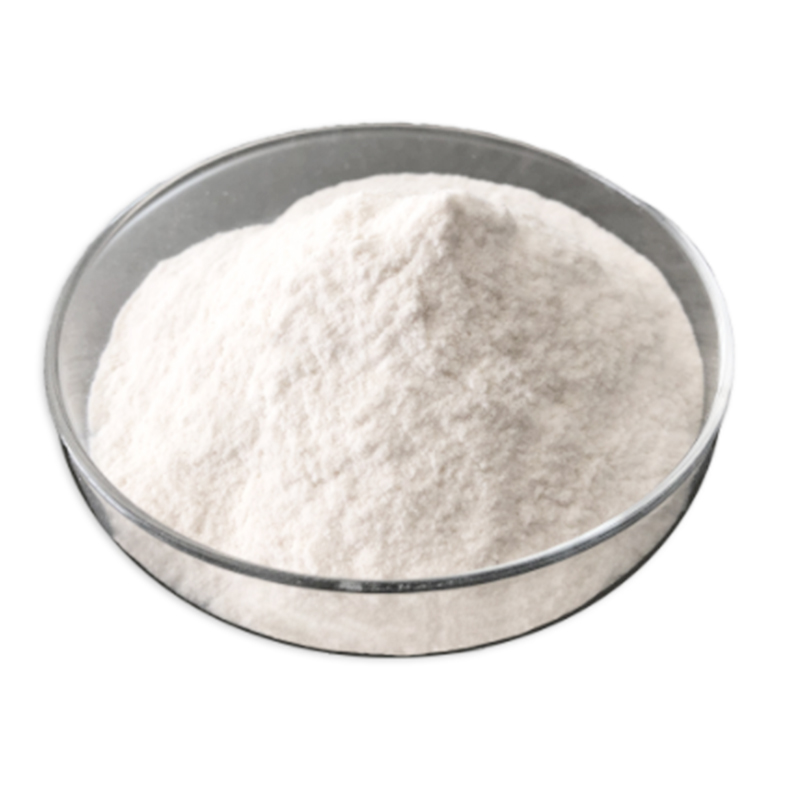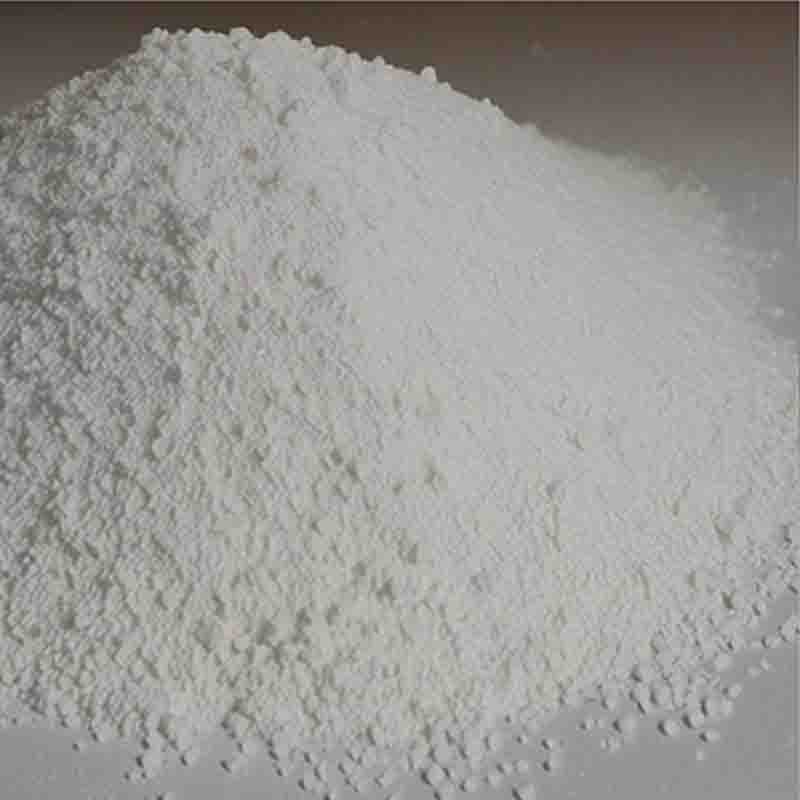2-chloro-N,6-dimethylpyrimidin-4-amine CAS:3569-33-3
| Catalog Number | XD95882 |
| Product Name | 2-chloro-N,6-dimethylpyrimidin-4-amine |
| CAS | 3569-33-3 |
| Molecular Formula | C6H8ClN3 |
| Molecular Weight | 157.6 |
| Storage Details | Ambient |
Product Specification
| Appearance | White powder |
| Assay | 99% min |
2-chloro-N,6-dimethylpyrimidin-4-amine, also known as CDMA, is a chemical compound that possesses interesting effects and potential applications. Here are some key points about its effects:Antimicrobial Activity: One of the notable effects of CDMA is its antimicrobial activity. Research has shown that CDMA exhibits inhibitory effects against both bacteria and fungi. This makes it a valuable compound in the development of antimicrobial agents and treatments for infections caused by these microorganisms.Herbicidal Properties: CDMA has been found to have herbicidal properties, specifically against weeds. It works by inhibiting the growth and development of unwanted plants, making it useful as an active ingredient in herbicides. The selective herbicidal activity of CDMA allows for targeted weed control, minimizing damage to desired crops or vegetation.Pharmaceutical Applications: CDMA serves as a building block in the synthesis of various pharmaceutical compounds. Its unique chemical structure allows for modifications and derivatizations to create molecules with desired pharmacological properties. This makes it valuable in drug discovery and development, potentially leading to the creation of new drugs or therapies for different medical conditions.Biosynthesis and Crop Improvement: CDMA can also play a role in plant biosynthesis and crop improvement. By incorporating CDMA derivatives into plants or using CDMA as a precursor, researchers can modify plant metabolism and enhance their resistance to diseases, pests, or environmental stress. This has implications for improving crop yield, quality, and sustainability.Environmental Impact: It is important to consider the potential environmental impact of CDMA. Due to its antimicrobial and herbicidal properties, the use of CDMA-based products may have implications for ecosystems, including effects on non-target organisms. Careful consideration and regulation are necessary to ensure the safe and sustainable use of CDMA-related compounds.In summary, 2-chloro-N,6-dimethylpyrimidin-4-amine exhibits antimicrobial and herbicidal properties, making it valuable in the development of antimicrobial agents, herbicides, and crop improvement strategies. Additionally, it serves as a building block in the synthesis of pharmaceutical compounds, contributing to drug discovery efforts. However, the potential environmental impact of CDMA and its derivatives must be carefully assessed to ensure their safe and sustainable use. Further research and development may uncover additional effects and applications for 2-chloro-N,6-dimethylpyrimidin-4-amine in various industries and fields.


